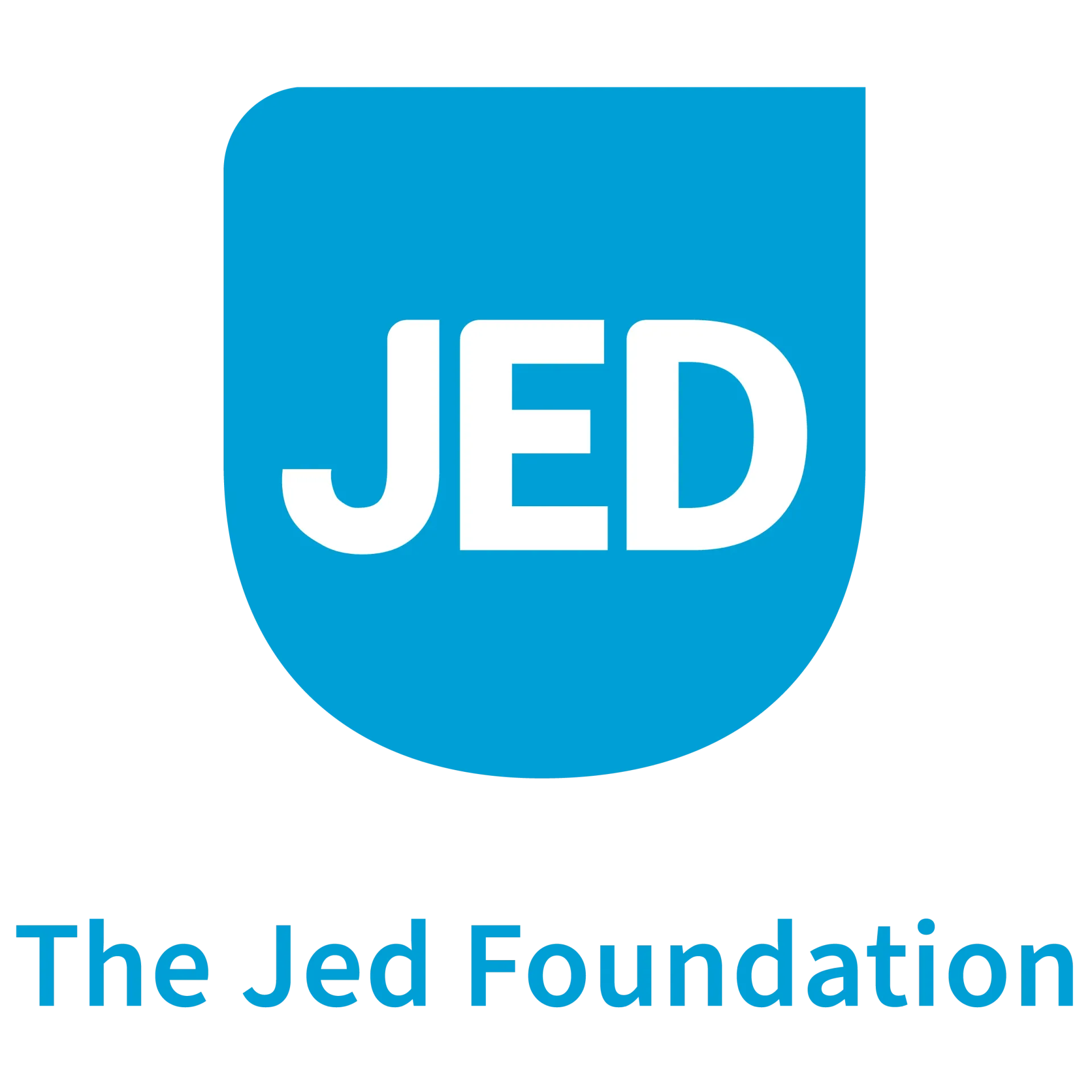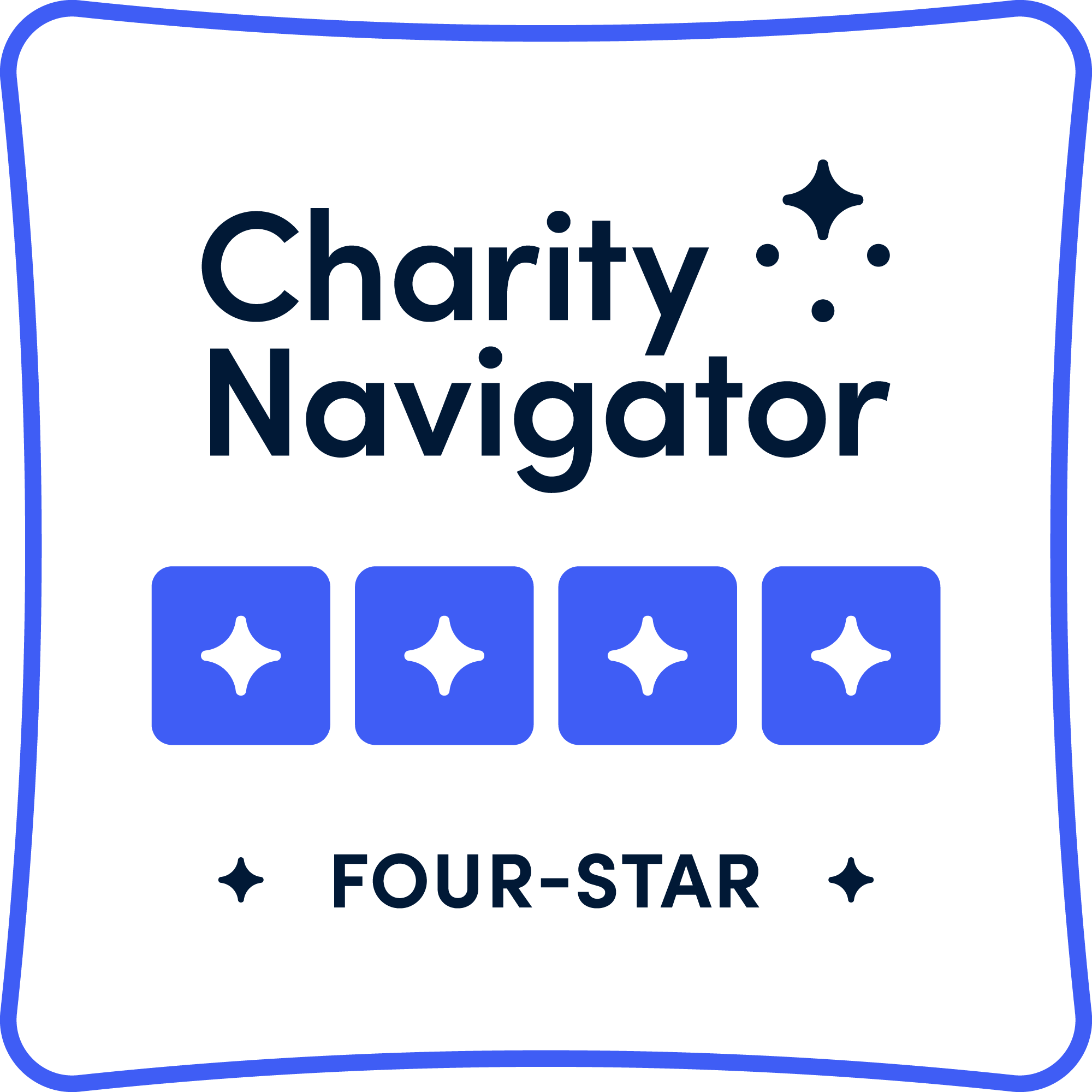Margaret Boasberg, Nathan Aleman
The United States is facing a mental health emergency, and our systems of care are straining under its weight. Many donors we speak with are eager to get involved—yet they often don’t know where to start or feel that their resources can’t make a significant difference. The silver lining? There are many opportunities for philanthropists to contribute to badly needed solutions.
Make no mistake: the crisis is serious. The CDC’s recently released Youth Risk Behavior Survey found that, in the past year, 42 percent of high school students experienced persistent feelings of sadness or hopelessness, and 22 percent seriously considered attempting suicide—a substantial increase from 2011, when 28 and 16 percent, respectively, felt the same. Almost one-quarter of adults in the United States—a total of 58 million people—experienced mental illness in 2021, and less than half received any treatment. Few families remain untouched by this epidemic, while communities of color and individuals in low-income, rural, and LGBTQ+ communities who are contending with mental illness face particular challenges, especially in accessing care.
The size of the need, combined with the gaps in America’s mental health care system—which include a shortage of mental health professionals, difficulties in accessing treatment (particularly for historically marginalized populations), and a disconnect between the mental health care system and other social systems—has created a societal calamity that threatens the lives and stability of millions. It also offers philanthropists opportunities to help address the mismatch between increasing need and the system’s ability to respond.
Despite interest among donors, relatively few philanthropic dollars, to date, have been invested in mental health. And many of the largest gifts have gone to major institutions such as universities and large hospital systems. This narrow focus fails to support the many other organizations playing critical roles in the effort to make America’s mental health care infrastructure more effective and equitable.
The multifaceted nature of these problems offers philanthropists many entry points where, through large and small gifts, they can make a catalytic difference. We explore these entry points below.
Seven strategies for philanthropists to support mental health care
From our experience partnering with dozens of nonprofits and philanthropies in the field, we have identified seven proven strategies for donors to create impact. Importantly, these are all approaches we have seen funders use successfully.
Download a PDF of the Strategies
Strategy 1. Expand and retain the clinical and non-clinical mental health workforce.
A shortage of mental health professionals in the United States contributes to the challenge of accessing care, which is especially acute for low-income, BIPOC, and rural communities. To address this shortage, the country needs both clinical (psychiatrists, psychologists, social workers, etc.) and non-clinical workers (community health and peer support staff, teachers, etc.).
Philanthropists can aid efforts to attract new clinical workers to the field via, for example, expansion of scholarships, loan forgiveness, and stipend-based apprenticeship programs. The Ballmer Group has used this strategy in partnership with the University of Washington to expand the numbers and diversity of students graduating debt-free from the state’s master’s programs in social work and mental health counseling—students who then go on to work in community-based behavioral health programs.
Growing the non-clinical workforce is also vital, as these workers often come from, and are trusted by, the communities they serve and can be trained more quickly and at lower cost than their clinical counterparts. Philanthropists can support programs that equip more people for these non-clinical roles: Lyda Hill Philanthropies, for example, is helping to increase the ranks of community health workers trained to deliver evidence-based interventions for mental health issues.
Strategy 2. Improve mental health via the K-12 school system.
Most children and adolescents who receive mental health services get them at school, which is an ideal setting for identifying issues and intervening early.
Philanthropists can support efforts in the K–12 school system to bolster prevention, screening, and diagnosis; train teachers and staff to recognize early signs of mental illness; and bring treatment closer to students. They can also support efforts to mandate school-level mental health strategic plans. In a recent example, the Goodness Web, a philanthropic collaborative, granted $1.5 million to the Jed Foundation to help high schools develop customized strategic plans and adopt best practices for suicide prevention and supporting student mental health.
Strategy 3. Expand access to culturally competent treatment.
The mental health crisis is being exacerbated not only by a lack of access to effective and affordable treatment but also by the scarcity of culturally competent providers, especially for low-income and LBGTQ+ communities and communities of color.
Telehealth is one way to increase access to treatment. Philanthropists can help scale existing telehealth providers with a track record of successfully serving specific identity groups. Philanthropists can also invest in efforts to ensure cultural competency for those providing mental health support. For example, Together Rising, another philanthropic collaborative, has invested $20,000 in the National Queer and Trans Therapists of Color Network Mental Health Fund to increase access to mental health support for queer and trans people of color.
Strategy 4. Build out the crisis-response infrastructure.
High-quality mental health crisis intervention is often the difference between life and death. Philanthropists can support efforts to enhance the crisis-response infrastructure—such as the national 988 suicide and crisis lifeline, for example—and help pilot and scale mobile crisis-response teams and other response models (e.g., in which a response team might be led by a social worker, not police). In another example, the Pew Charitable Trusts is working at a community level to improve crisis care while advocating for universal screening to help prevent suicides.
Strategy 5. Improve proven treatment and diagnostic methods, including through neurological research.
The mental health field is seeing dramatic breakthroughs in treatment and diagnostic methods, spurred by a better understanding of the brain and new data tools.
Philanthropists can accelerate this progress by supporting scientific research, including foundational research on neurological root causes of, and genetic markers for, mental illness. Philanthropists can also support efforts to speed the translation of breakthroughs in the lab into actual practice. These approaches are reflected in a recent $150 million commitment by the Huntsman family to establish the Huntsman Mental Health Institute at the University of Utah. The grant includes support for research aimed at identifying causes of mental illness so that treatments can be more targeted and effective.
Strategy 6. Increase the awareness of, and culture change around, mental health, including destigmatizing mental illness.
The stigma around mental health issues and seeking treatment for them is prevalent and persistent in the United States, especially within specific groups, including older Americans, immigrant communities, and communities of color. Effective strategies to improve awareness and understanding must therefore take a targeted and culturally sensitive approach.
Two recent examples of philanthropists pursuing this strategy: the Humana Foundation’s $6 million gift to the Face the Fight initiative to reduce veteran suicide and the stigma around veterans seeking mental health support, and the Keith Milano Memorial Fund’s support for the Seize the Awkward public service campaign, which empowers young adults to reach out to friends who may be at risk for suicide.
Strategy 7. Improve integration with care-adjacent systems.
While the health care system is often on the front lines of the fight against mental illness, better integration with other systems in society (e.g., justice, public housing, child welfare) would offer great benefits.
Often carried out by community-based organizations, promising efforts are now advancing the integration of mental health supports into our core systems of care—for example, by equipping teachers, law enforcement, and shelter workers to promote mental well-being and provide screening and referrals. Philanthropy can support organizations that are doing such work as well as efforts to deliver mental health care as part of a holistic set of interventions. An example is MacKenzie Scott’s recent $12 million gift to Fountain House, which supports people with severe mental illness in navigating educational, workforce, housing, and other systems.
Deciding how to start
The strategies and examples described above show that there are many ways philanthropists can take effective action in the mental health field. But you still might be thinking, “How do I get started?”
For many philanthropists, we’ve found it can be helpful to identify “anchor points” as a way to narrow the field and gain traction. These might include populations (such as young people, communities of color, or LGBTQ+, low-income, or rural communities); approaches to change (direct service, research, policy advocacy); and settings (K–12 schools, college campuses, community health centers). Of course, place can also be a critical anchor—allowing you to tackle any of the above in your own backyard or another region you’re committed to supporting.
Partnering with one of the many highly effective nonprofits or philanthropic collaboratives in the field is another way to begin learning about specific funding opportunities. And for those interested in impact investment in for-profit enterprises, there are many “shovel-ready” opportunities available.
More broadly, philanthropists can take an approach that fits their priorities, timing, and resources. Yet, given the urgency of the mental health crisis and the availability of so many avenues for addressing it, there is no reason for donors to hesitate any longer about plunging in. Wherever they choose to get started, the opportunities for philanthropists to save and change lives are enormous.
The authors thank Dan Penrice for his invaluable help in bringing our perspectives to life.




